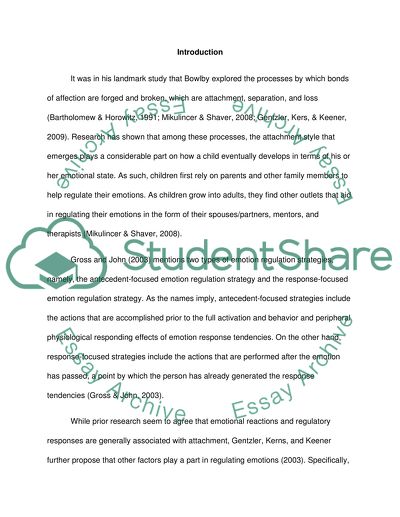Cite this document
(“A Look into the Emotion Regulation Capacities of Different Attachment Lab Report”, n.d.)
Retrieved de https://studentshare.org/psychology/1391508-a-look-into-the-emotion-regulation-capacities-of-different-attachment-styles
Retrieved de https://studentshare.org/psychology/1391508-a-look-into-the-emotion-regulation-capacities-of-different-attachment-styles
(A Look into the Emotion Regulation Capacities of Different Attachment Lab Report)
https://studentshare.org/psychology/1391508-a-look-into-the-emotion-regulation-capacities-of-different-attachment-styles.
https://studentshare.org/psychology/1391508-a-look-into-the-emotion-regulation-capacities-of-different-attachment-styles.
“A Look into the Emotion Regulation Capacities of Different Attachment Lab Report”, n.d. https://studentshare.org/psychology/1391508-a-look-into-the-emotion-regulation-capacities-of-different-attachment-styles.


